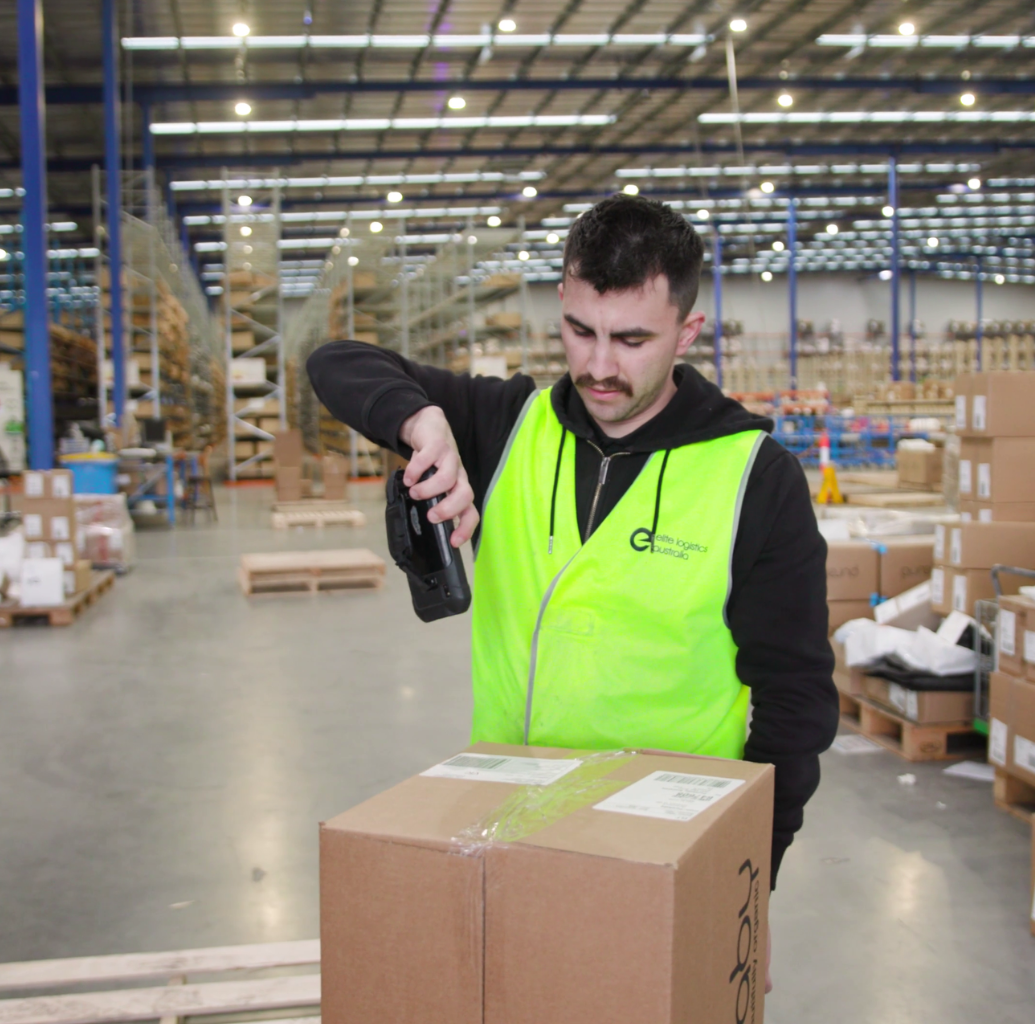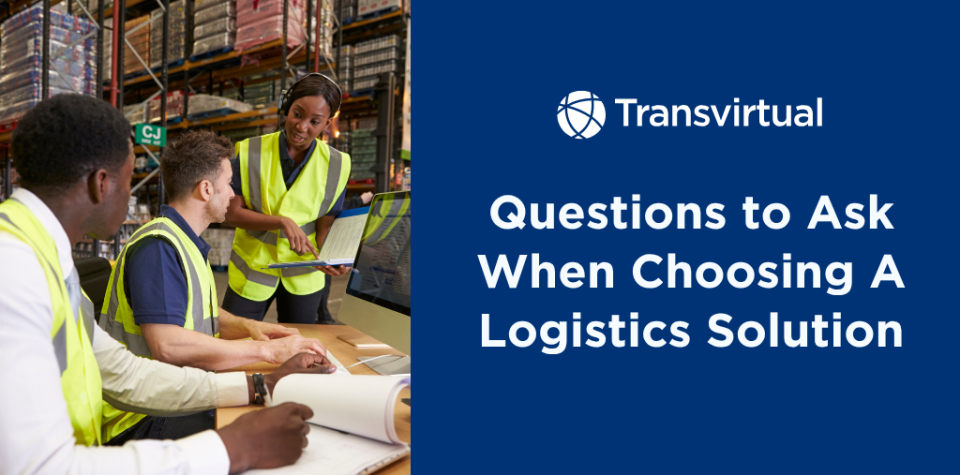Choosing a logistics platform is a big decision. With so many solutions out there, it’s easy to feel overwhelmed, especially when you just want something that works for how your transport business runs. That’s why asking the right questions upfront is so important. It helps you cut through the noise, avoid expensive mistakes, and find a system that genuinely supports your day-to-day operations.
To help you out, here are the top questions transport operators usually ask before making the switch.
19 Questions to Ask When Choosing a Logistics Management Solution
1. Does it suit the way my business actually works?
Every logistics business operates differently. Whether you handle last-mile deliveries, bulk haulage, linehaul, or mixed freight, your platform needs to adapt to your workflows and not the other way around. Look for a system that can handle your unique job types, processes, and customer requirements.
2. Is it easy for my team and drivers to use?
A platform is only useful if your staff actually enjoy using it. Look for intuitive, user-friendly interfaces that require minimal training. This reduces mistakes, saves time, and helps your team adopt the system quickly.
3. What features will I get?
Make sure you know what comes standard. Essential features like route optimisation, electronic PODs, real-time tracking, automated workflows, and invoicing should be ready to use from day one.
4. Does it integrate with my existing tools?
Seamless integration with your accounting, ERP, telematics, or e-commerce systems can save huge amounts of time. Data should flow smoothly between platforms without manual entry, ensuring accuracy and efficiency.
5. How will it help me reduce costs and improve efficiency?
A good logistics platform automates repetitive tasks, minimizes errors, and optimises routes. This not only cuts operational costs but also improves service quality, freeing your team to focus on more strategic tasks.
6. Is it scalable as I grow?
Your business will evolve. Choose a platform that can scale with you, whether it’s adding more jobs, drivers, depots, or branches, without slowing down or requiring a complete system overhaul.
7. What does the pricing model look like?
Transparent pricing is critical. Look for a model that fits your business size and operations, whether it’s subscription-based, pay-per-use, or tiered. Avoid systems with hidden fees or confusing add-ons.
8. What support will I receive?
Even the best platform needs support. Check for responsive customer service, onboarding assistance, training resources, and documentation. Quick, reliable help ensures smooth operations and fewer disruptions.
9. What level of supply chain visibility does it provide?
Real-time visibility keeps your operations on track. Look for GPS tracking, live ETAs, and status updates at every step. This helps you monitor jobs, predict delays, and keep customers informed.
10. How customisable is the system?
No two businesses are identical. A highly customisable system allows you to configure workflows, notifications, job types, and reports to match your exact needs.
11. Does it support multi-depot or multi-branch operations?
If you operate across multiple locations, you need centralised management. The right platform lets you monitor performance, track jobs, and maintain consistent processes across all depots.
12. What automation features are available?
Automation is key to efficiency. Check for features like auto-dispatch, digital POD capture, invoicing, and notifications. Reducing manual work saves time and lowers the risk of errors.
13. How does it handle compliance and documentation?
Logistics comes with regulatory requirements. Ensure your platform can store digital records, track job histories, and provide audit-ready documentation.
14. What kind of reporting and analytics are included?
Data drives smart decisions. Look for dashboards, job reports, cost analysis, and KPIs that help you understand performance and spot opportunities for improvement.
15. Is there a mobile app for drivers and customers?
Mobile tools, like a driver app help improve communication and efficiency. Drivers should be able to scan, navigate, and update job statuses, while customers should receive notifications and tracking updates in real time.
16. Can it handle complex jobs?
From multi-leg deliveries to special freight or high-value goods, your system should handle complex operations without slowing down or creating errors.
17. What onboarding and training options are offered?
Smooth onboarding makes all the difference. Look for platforms that provide guided setup, tutorials, and support resources to get your team up and running quickly.
18. Is there a customer communication tool?
Keeping customers informed reduces inquiries, complaints, and delays. Automated notifications, ETAs, and tracking links are essential for a professional service.
19. What do existing users say?
User feedback reveals a platform’s real-world performance. Look for testimonials and case studies to understand how it works in operations similar to yours.
Why Transport Business Choose Transvirtual as Their Logistics Partner

"Transvirtual's been great to work with and they've become a real partnership. I think it's just that friendliness because at the end of the day, technology's technology, but behind the technology are people, and if you can get along with those, you can create a true partnership."
Elite Logistics Australia
Schedule a free strategy session
Talk to our team! Let’s discuss your top logistics problems and find out if Transvirtual has the solution you need.


